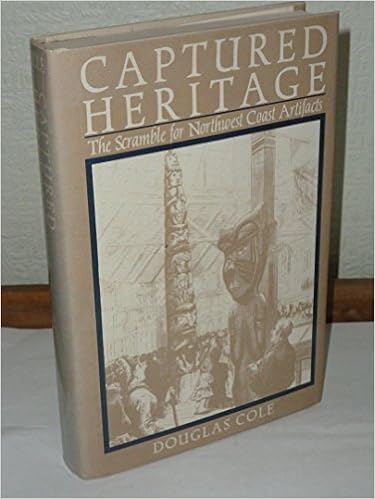
By Joanna Hearne
Offers a brand new interpretation of the century-long dating among the Western movie style and local American filmmaking.
In Native Recognition, Joanna Hearne persuasively argues for the crucial function of Indigenous image-making within the background of yank cinema. around the 20th and into the twenty-first centuries, Indigenous peoples were focused on cinema as performers, administrators, writers, experts, crews, and audiences, but either the specificity and diversity of this local participation have frequently been obscured by way of the on-screen, larger-than-life photos of Indians within the Western. not just have Indigenous photographs mattered to the Western, yet Westerns have additionally mattered to Indigenous filmmakers as they subvert mass tradition photos of supposedly “vanishing” Indians, repurposing the commodity kinds of Hollywood motion pictures to envision local intergenerational continuity. via their interventions in kinds of seeing and being obvious in public tradition, local filmmakers have successfully marshaled the ability of visible media to participate in nationwide discussions of social justice and political sovereignty for North American Indigenous peoples.
Native attractiveness brings jointly quite a lot of little-known productions, from the silent motion pictures of James younger Deer, to recovered prints of the 1928 Ramona and the 1972 House made up of Dawn, to the experimental and have movies of Victor Masayesva and Chris Eyre. utilizing foreign archival examine and shut visible research, Hearne expands our figuring out of the complexity of local presence in cinema either on monitor and during the circuits of movie construction and consumption.
“With numerous black and white images all unfold all through, Native Recognition is a crucial addition to any group or collage library assortment targeting filmmaking or local American concerns, hugely recommended.” — Midwest e-book Review
Read Online or Download Native Recognition: Indigenous Cinema and the Western (SUNY series, Horizons of Cinema) PDF
Similar Native American Studies books
Two Old Women, 20th Anniversary Edition: An Alaska Legend of Betrayal, Courage and Survival
According to an Athabascan Indian legend handed alongside for lots of generations from moms to daughters of the higher Yukon River Valley in Alaska, this is often the suspenseful, stunning, eventually inspirational story of 2 previous ladies deserted by way of their tribe in the course of a brutal iciness famine. notwithstanding those ladies were identified to bitch greater than give a contribution, they now needs to both live to tell the tale on their lonesome or die attempting.
The Creek War, 1813-1814 (U.S. Army Campaigns of the War of 1812)
In lots of respects, the Creek struggle of 1813–1814 is taken into account a part of the Southern Theater of the battle of 1812. The Creek conflict grew out of a civil conflict that pitted Creek Indians striving to take care of their conventional tradition, known as crimson Sticks, opposed to these Creeks who sought to assimilate with usa society.
Guided by the Mountains: Navajo Political Philosophy and Governance
What do conventional Indigenous associations of governance provide to our figuring out of the modern demanding situations confronted via the Navajo country this present day and the next day? Guided by way of the Mountains appears to be like on the tensions among Indigenous political philosophy and the demanding situations confronted by means of Indigenous international locations in development political associations that handle modern difficulties and enact "good governance.
Captured Heritage: The Scramble for Northwest Coast Artifacts
The heyday of anthropological amassing at the Northwest Coast happened among 1875 and the good melancholy. The scramble for skulls and skeletons, poles, canoes, baskets, banquet bowls, and mask went on until eventually it appeared that just about every thing now not nailed down or hidden used to be long past. The interval of such a lot extreme gathering at the coast coincided with the expansion of anthropological museums, which mirrored the belief that point used to be operating out and that civilization was once pushing the indigenous humans to the wall, destroying their fabric tradition or even extinguishing the local inventory itself.
Extra resources for Native Recognition: Indigenous Cinema and the Western (SUNY series, Horizons of Cinema)



